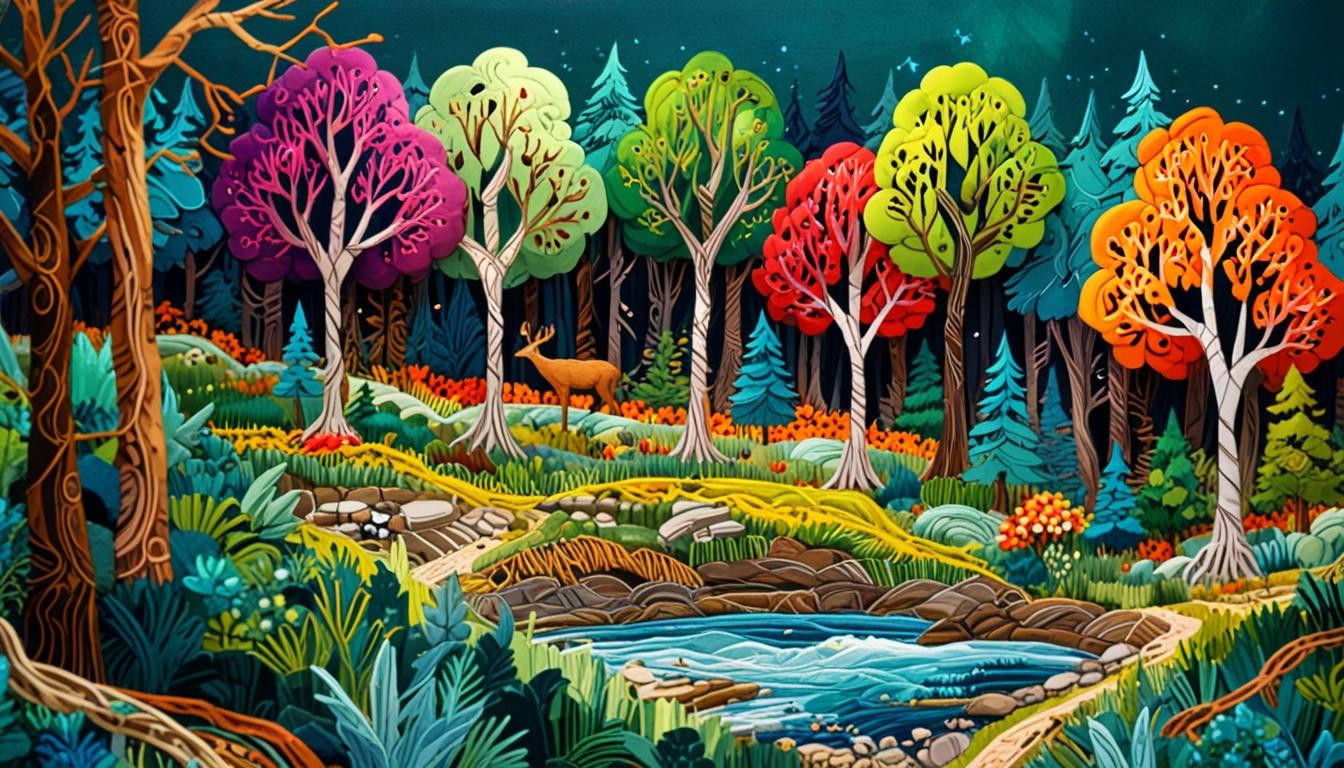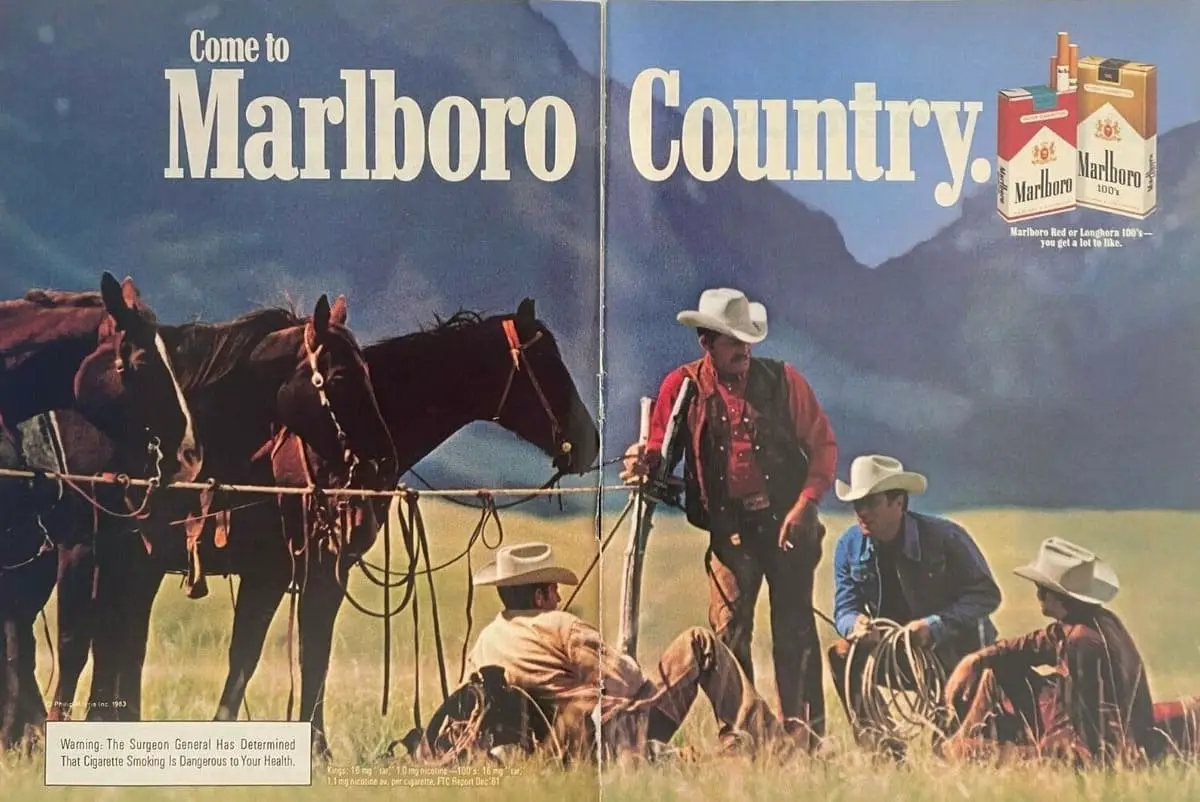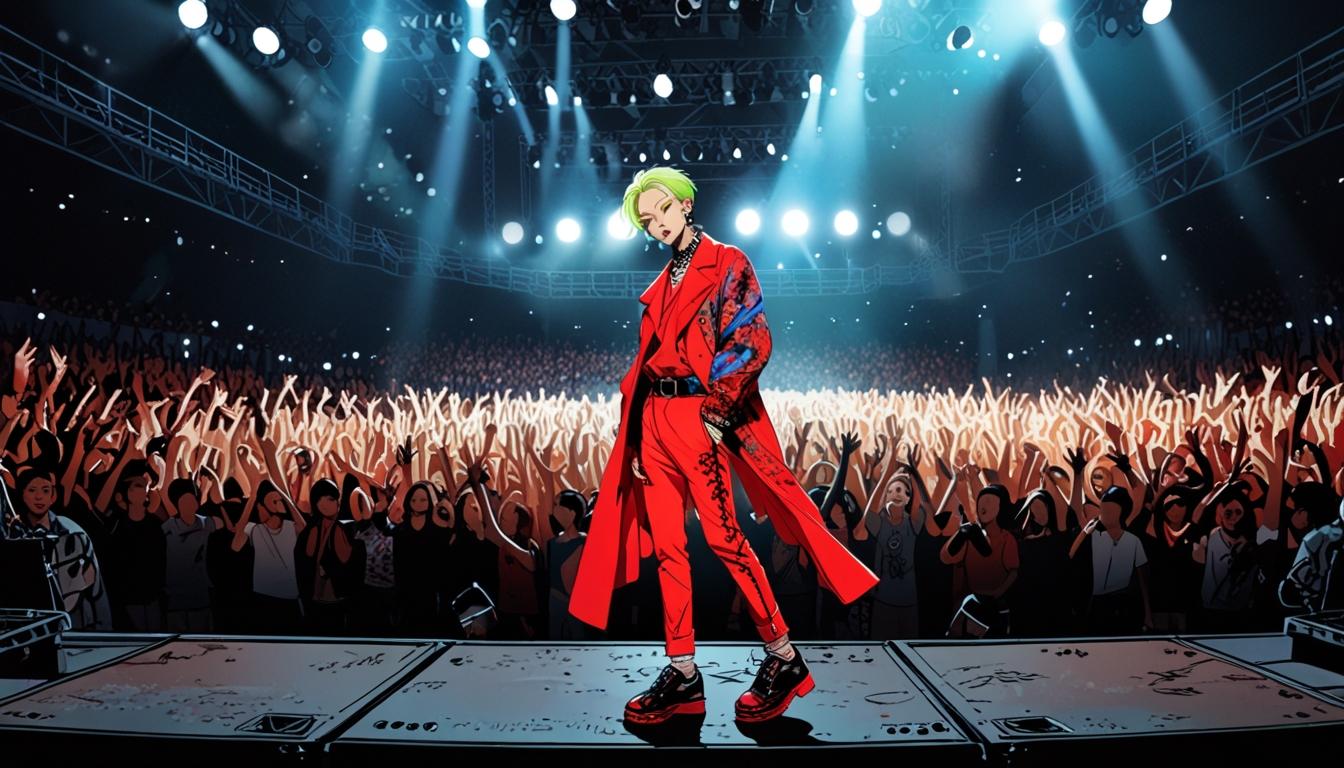Uruguayan artist Patrizia Ferreira showcases her hand-stitched sculptures made from discarded materials, inviting viewers to reconnect with nature through her exhibition ‘Precarious Habitats’ at Meredith College.
Patrizia Ferreira, an artist originally from Uruguay, is redefining the boundaries of textile art through her unique approach to utilizing upcycled materials and found objects. Ferreira’s work invites viewers to reconnect with the natural world and explore the beauty and resilience it offers. Her recent exhibition, “Precarious Habitats,” showcased at Meredith College, highlights the intricate and colorful sculptural pieces she creates by hand-stitching discarded materials.
As Ferreira discusses her artistic philosophy, she emphasizes the importance of seeing textiles in a new light. Speaking to WALTER Magazine, she stated, “I’ll take a walk in the forest and notice the way the branches tangle themselves together and I see ropes, I see yarn. Anything can be a textile: the bark of a tree, the moss on a rock.” This perspective underlines her belief that everyday materials can transcend their traditional uses and take on new life in art.
Annah Lee, the creative director of Artspace, noted that Ferreira’s work is rooted in the act of salvaging. Her studio is a vibrant array of yarn, thread, plastic bottle caps, and other discarded items that she transforms into artistic expressions. Guide through her experiences, Ferreira reflects on her educational journey, recalling her time in design school focused on creating commercial products, which left her feeling dissatisfied. “I was being trained to make beautiful things that seduce people to buy the new and throw away the old,” she said, ultimately prompting her to step back from her studies for a year. This experience, along with her subsequent decision to complete her degree, shaped her current orientation toward art, which she describes as a redemption.
Ferreira’s artistic process involves an immense commitment of time and labor; every piece is hand-stitched, emphasizing a human connection to the material. “Using needle and thread is an ancestral practice, it’s a process people can understand,” she explained. This hands-on approach creates a palpable connection between the artist and the viewer, as noted by Sarah Rose Nordgren, co-founder of the School for Living Futures. “You can’t help but imagine the actual hands of the artist working with the material,” she remarked.
Inherently collaborative, Ferreira’s work extends beyond solo endeavors and into community engagement. Her partnerships include events organized in conjunction with the North Carolina Museum of Art and Artspace, where she encourages participants to explore creativity together. She draws parallels between natural ecosystems and human communities, stating, “In human society, borders divide us, but in nature, borders aren’t rigid, and nature thrives in those liminal spaces.”
Through her art, Ferreira aims to challenge conventional modes of consumption and promote education and collaboration. Her exploration of found objects serves as an allegory for life’s transience and the cycles of nature. She expresses that her projects defy traditional boundaries, considering them to be constantly evolving and interconnected. “They only end because I have a deadline or limited space,” she said. Ferreira’s work serves as a vibrant tapestry reflecting both her personal journey and her deep connection to the world around her.
Source: Noah Wire Services




